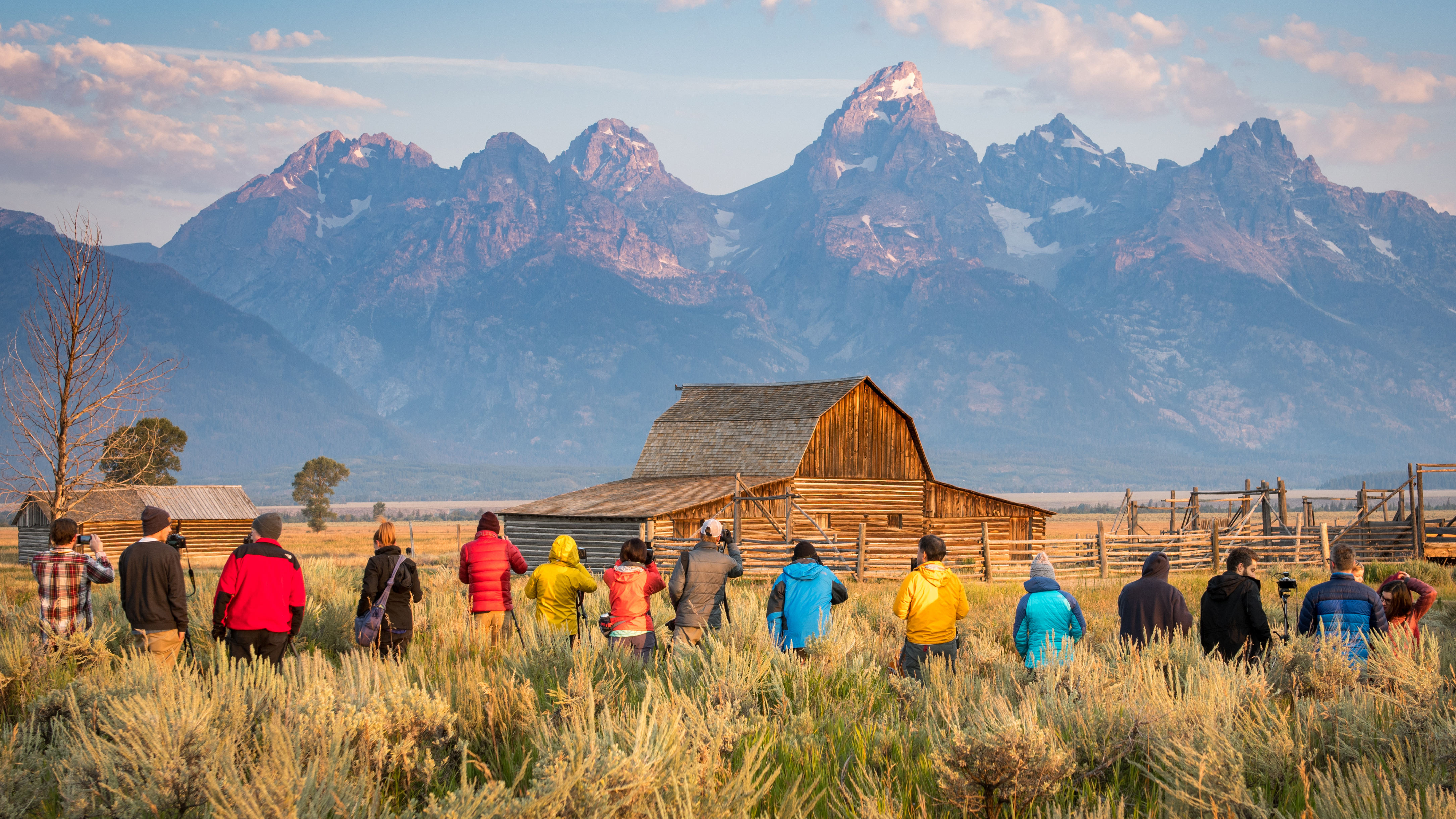More photographers can work inside US National Parks without expensive permits, thanks to new law
The FILM Act adjusts the permit requirements for smaller commercial photography and videography in national parks

Small commercial photography and videography projects inside the US National Parks, including wedding photography, will no longer require permits and fees if they meet a list of requirements, thanks to a new law. President Joe Biden signed the EXPLORE Act, which includes the FILM Act, on January 06, which drastically changes the National Park Services permit requirements for commercial photography and filmmaking.
Under previous law, all photography and videography projects inside national parks that were commercial in nature required a permit. The FILM Act, however, replaces those restrictions with what the National Press Photographers Association (NPPA) calls “common-sense rules that determine the need for a permit based primarily on impact upon the land and its visitors.”
What photography projects will need a permit inside national parks?
Rather than requiring a permit for all commercial work, the new guidelines allow small-scale commercial projects to shoot within the national parks as long as a set of criteria are met. According to NPPA, a permit is not needed under the new law for commercial projects that:
- Involve fewer than six people
- Are in a location where the public is allowed
- Do not restrict visitors access to the parks
- Do not take place in areas with “a very high volume of visitation”
- Do not impact natural resources
- Do not require sets beyond handheld camera equipment and tripods
- Don’t require exclusive access to an area
Filming weddings or other events also will not require a permit if it follows those guidelines, the NPPA notes.
What commercial projects will still require a permit inside the national parks?
Permits will still be needed for large projects that don’t meet those requirements. Under the FILM Act, however, those fees should be “reasonable,” and based on the length of the project, the size of the crew, quantity and type of equipment and “any other factors the Secretary determines to be necessary.”
The act allows the Secretary of the Interior to deny access for filming and photography that could damage resources, create a disruption for public visitors, or pose a health or safety risk.
The act also sets guidelines for “de minimums use” for groups between six and eight people that may require a use authorization but not a fee. The Act asks for the Secretary to establish a procedure to “automate the approval of an application submitted through the website” for commercial film or photography for groups greater than six people but less than eight people.
Get the Digital Camera World Newsletter
The best camera deals, reviews, product advice, and unmissable photography news, direct to your inbox!
The FILM Act allows the Secretary to require a permit and "assess a reasonable fee” for projects requiring more than eight people or those that do not otherwise qualify, such as projects with fewer than six people but that require sets or access to high volume areas.
The EXPLORE Act and the FILM Act contained within passed the Senate on December 20, just one day after the Foundation for Individual Rights and Expression (FIRE) filed a lawsuit on behalf of the NPPA and two filmmakers, who were denied a commercial permit despite “using equipment no more intrusive than a typical park tourist’s gear.”
Both FIRE and NPPA lauded the FILM Act’s passage. “This is a remarkable victory for the First Amendment rights of photographers,” Carey Wagner, NPPA President, said. “We are so thankful that a bi-partisan coalition of lawmakers so clearly recognizes the importance of protecting the freedom to take pictures and film in our parks and other federal lands.”
The Act originally passed the House of Representatives in April, but sat for months without action from the Senate until December 20. Biden signed the act into law on January 06.
You may also like
For more read about 12 great US National Parks for landscape photographers or browse the list of the darkest US state's best parks for astrophotography.

With more than a decade of experience reviewing and writing about cameras and technology, Hillary K. Grigonis leads the US coverage for Digital Camera World. Her work has appeared in Business Insider, Digital Trends, Pocket-lint, Rangefinder, The Phoblographer and more.
